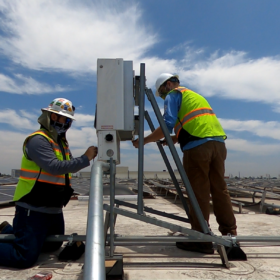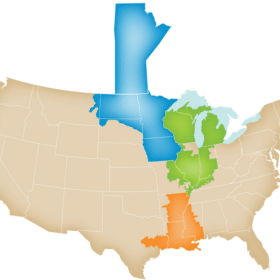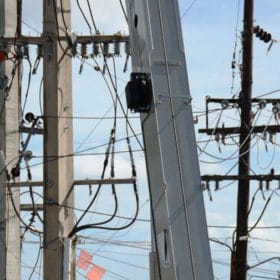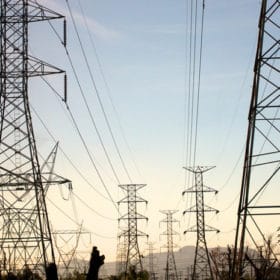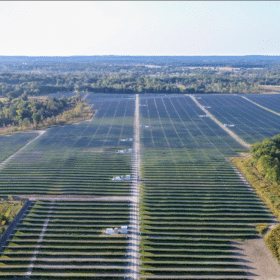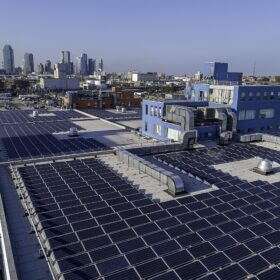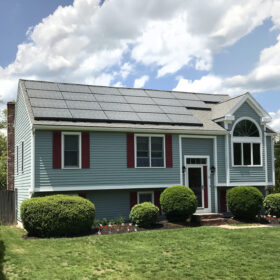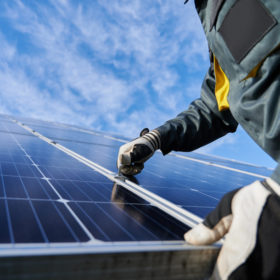As Texas recovers, report warns grid operators to plan better for extreme weather
Grid planning fails to consider extreme climate scenarios that a resilient grid needs to handle, said EPRI’s president and CEO. “Traditional planning processes do not represent how resources actually perform under extreme conditions.”
Morning Brief: MISO preps for FERC Order 2222, zinc battery startup Eos now public via SPAC
Also in the brief: SolaREIT is focused on acquiring the land underpinning solar assets, plus, engineering services company Solar Support has unveiled a tiered customer-service solution for inverter and power electronic manufacturers.
In major shift, the MISO territory has 57 GW worth of big solar projects in its interconnection queue
MISO’s renewables mix is set for a potential shift from wind to solar — if it can confront the challenge of transmission costs.
Morning brief: FERC greenlights MISO storage-as-transmission plan, Duke moves towards solar, storage in wake of $1.6B pipeline loss
Also in the brief: On climate, Kamala Harris has a record and profile for action, Vermont EPC Peck acquires California solar company Sunworks
In a major shift, the MISO territory has 57 GW worth of big solar projects in its interconnection queue
MISO’s renewables mix is set for a potential shift from wind to solar — if it can confront the challenge of transmission costs.
MISO-West is running out of room for renewables
The grid operator has culled 3.5 GW of renewable projects in the Western portion of its queue, which it blames on the need for expensive and lengthy transmission system upgrades.
Opening markets to solar & wind could save billions in the Midwest
A new report by the Wind Solar Alliance estimates that reforms to electricity markets which it has proposed in the PJM Interconnection and Midcontinent System Operator (MISO) grids could save consumers $48-$49 per year by allowing more wind and solar.
MISO seeks to make solar a dispatchable, intermittent resource
MISO is seeking input as it transitions solar power to being more highly integrated into its energy forecast modeling. This is happening as the volume of solar is booming, and follows on the grid operator’s success with wind power.
Consumers agrees to buy half a gigawatt of solar in settlement
Consumers has reached an agreement with Michigan regulators to allow for the development of over half a gigawatt of its 3 GW interconnection queue by 2023. However, while the current backup is being remedied, what’s to stop another one down the line?
Supersized solar in the Midwest
Long seen as a slow region for solar deployment, the U.S. Midwest has seen an explosion of project development in recent years. And while there is still a lot of speculation and uncertainty, one way or another this region is going to see major development.

